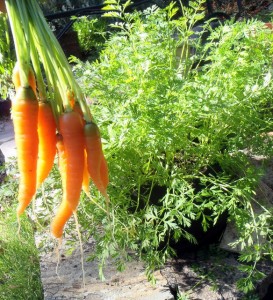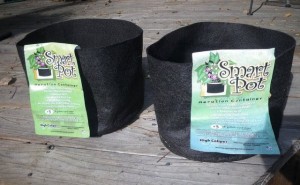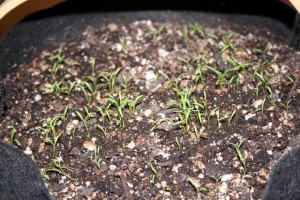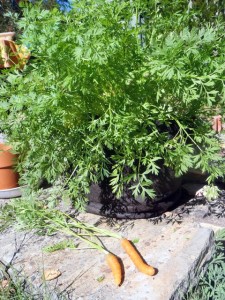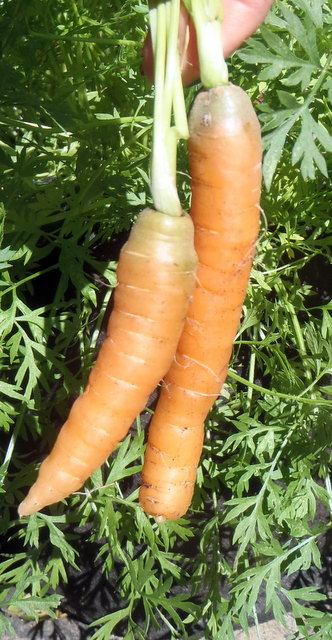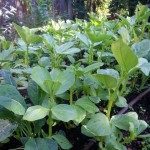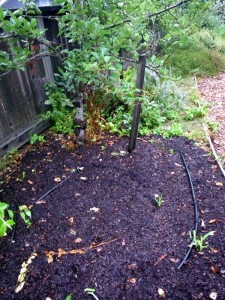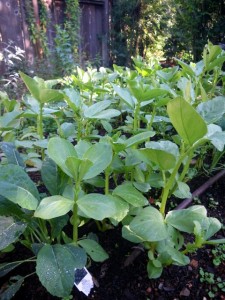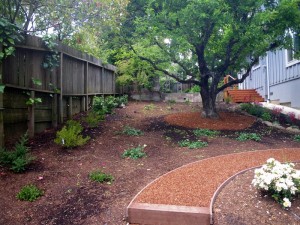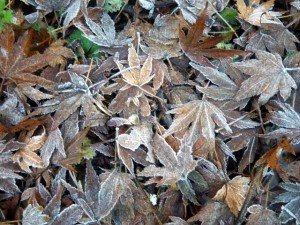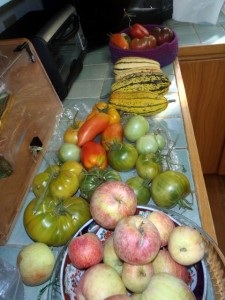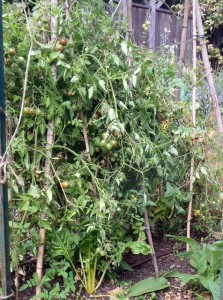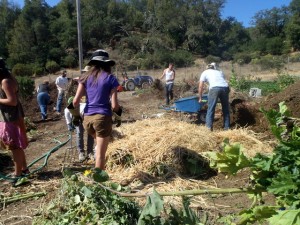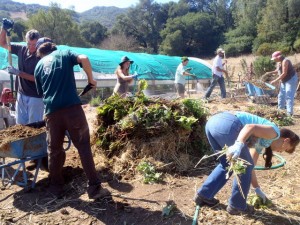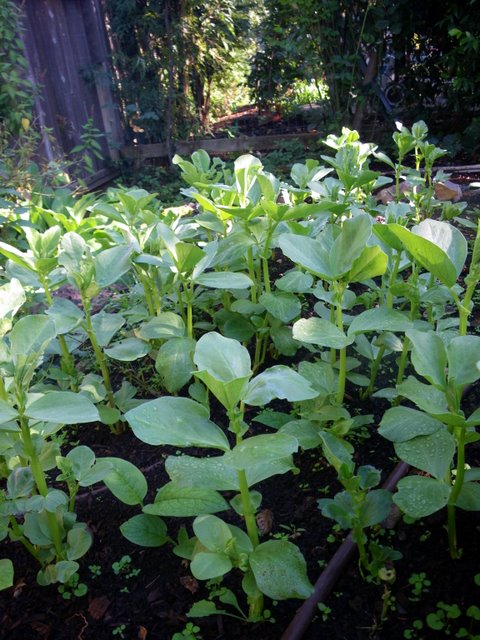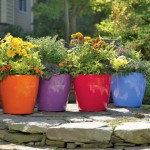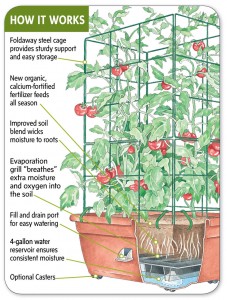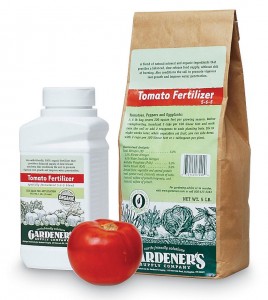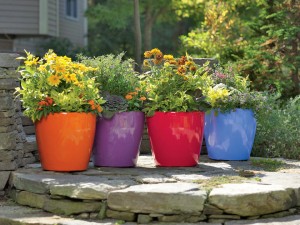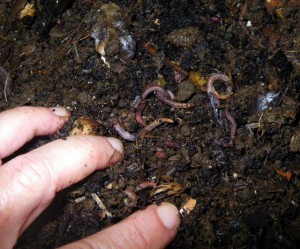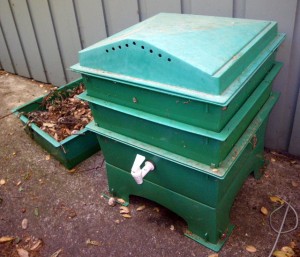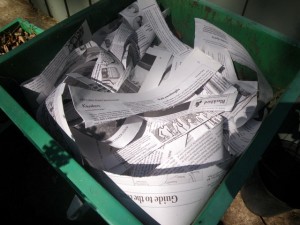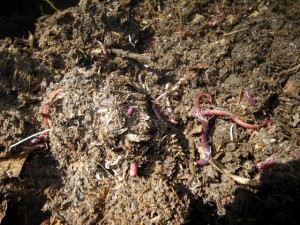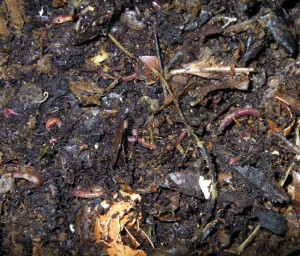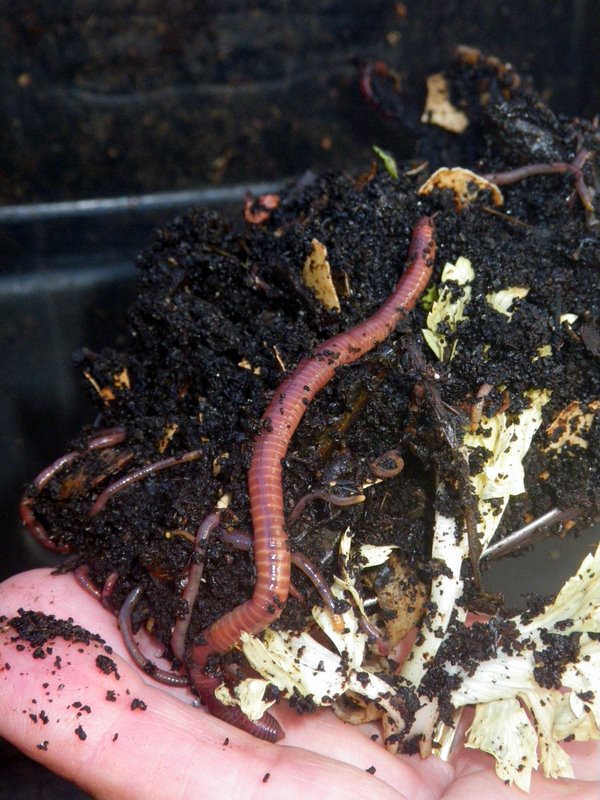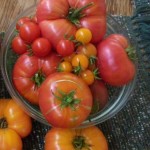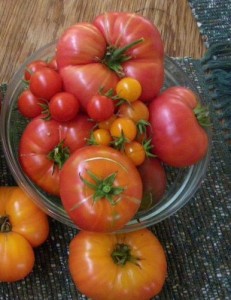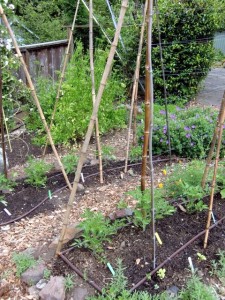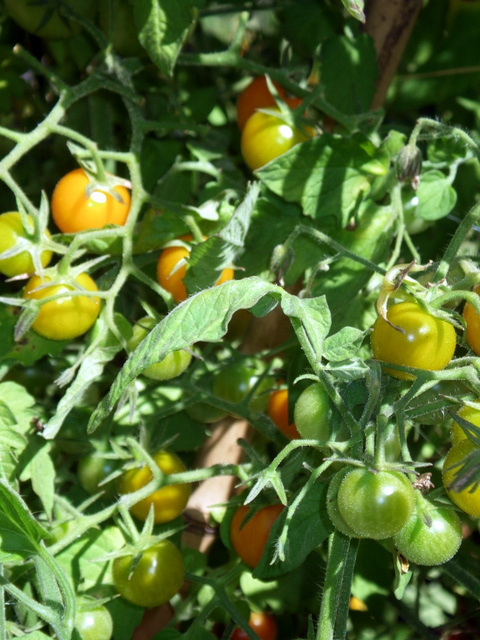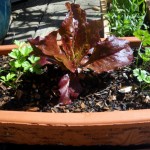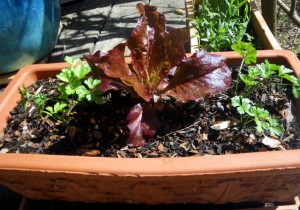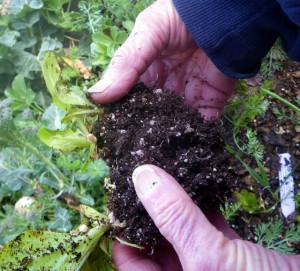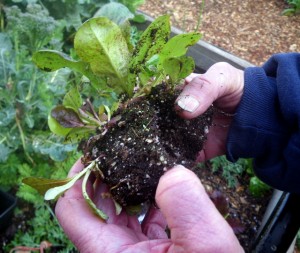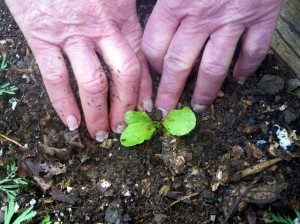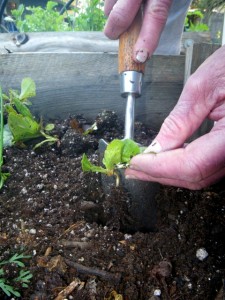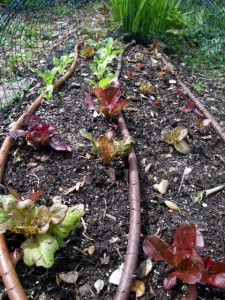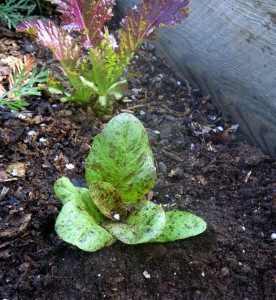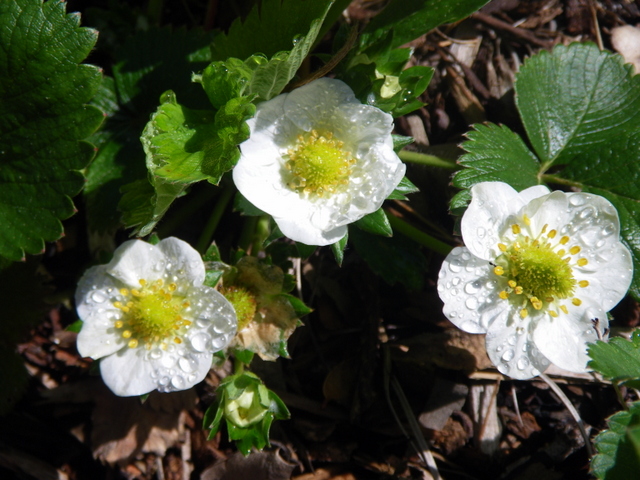
- by Avis Licht – Mulch is great for the garden, but it’s important to use the right mulch in the right place. Here are some tips on how to pick the best mulch for your garden.
MULCH IS GOOD FOR THE GARDEN
There are many kinds of mulch and each has its particular benefits and disadvantages. Sometimes it’s better not to use any mulch. It can be from natural materials like bark and compost or man made from plastic and rubber.
We take our lessons on mulching from mother nature. Falling leaves, twigs, needles, flowers and fruit fall to the ground, covering the soil. They decompose, adding nutrient back into the earth. They also protect the soil from sun, wind and hard rains to keep the soil from eroding, blowing away and becoming compacted. In our desire to be “neat” we often rake up leaves and put them in the garbage in a misguided effort to keep the garden looking tidy. If you want to enjoy a very funny story on lawns and raking leaves, check this out: A Story About Lawns and God.
Here’s how to keep the garden looking good and stay healthy at the same time.
ADVANTAGES OF MULCHING
- Conserves water by preventing evaporation
- Reduces weed growth
- Keeps soil cooler in summer and warmer in winter
- Organic materials improve soil structure as they breakdown
- Reduces splash onto leaves and buildings
- Reduces erosion by slowing down water runoff and allowing water to penetrate the soil, reduces wind erosion
- Reduces soil compaction, which in turn allows water and air to penetrate into the soil
- Encourages worms.(Yes!)
- Looks good (Also Yes!)
DISADVANTAGES OF MULCHING
- Mulched beds are slower to warm up in spring – especially a concern for vegetable gardens
- Can import weed seed – especially in compost and manure that has not been sufficiently heated
- Can prevent native bees from creating homes in the ground. (Warning, this link doesn’t encourage mulching, but has some good points)
- Large and small bark mulches can take nutrient out of the soil as they break down. (This link has more information on problems with mulch)
- Inorganic mulches like plastic and shredded rubber do not decompose, they just break up into smaller pieces that are garbage.
- Mulches that are too thick can prevent water and air from entering the soil.
- Mulches too close to the trunk or crown of a plant can cause it to rot.
TYPES OF MULCH
- Bark, either shredded or sized (1/4″, 1/2″ or larger) can be very ornamental and tidy. They do not add nutrient value to the soil. It is also hard to clean up falling leaves from areas mulched with bark. Bark can be expensive.
- Compost is excellent for most plants. It can be bought or you can use your own. I found it difficult to make enough of my own compost to cover all my garden. So I used it on the most important plants – my vegetables and strawberries. Be aware that compost can have weed seed. There are many sources for good looking, safe compost. (Contact your local soil and amendment supply store.)
- Manure that is well composted is an excellent mulch in most parts of the garden. Horse stables have different methods of composting their piles. Test it in one area of your garden to make sure you don’t import unwanted weeds.
- Straw and hay. Hay has seeds and you don’t want to use it. Straw on the other hand, is basically weed free. It isn’t particularly pretty, so use it in the vegetable garden. It can create habitat for slugs and worms if kept moist. So have an eye out for that.
- Leaf mold is from leaves that have decomposed. I rake up all my oak leaves and put them in a big pile over the winter. In spring I move aside the top leaves and underneath is a beautiful amount of composted leaves, known as leaf mold. Don’t worry it’s not moldy! I put this on my fruit, raspberries, strawberries and currants. You can also use it in your perennial garden. Don’t use leaves from Eucalyptus, Walnut, Bay or diseased trees. Their leaves have allelopathic elements that inhibit the growth of plants.
- Living mulch is a low growing ground cover. It protects the soil by covering it, and also increases soil health by growing roots, which creates humus, aeration and water penetration. Live plants also create a healthy atmosphere of transpiration, moisture and habitat for birds and insects.
- Rocks, stones and pebbles can also be used as mulch. They can be very ornamental, while still preserving moisture, protecting the soil and reducing weeds. Stone will absorb heat and release it into the ground. This kind of mulch is excellent for desert plants, succulents and alpine plants.
WHERE TO MULCH
- New plantings – Cover areas that are exposed until the plants fill in
- Vegetable garden – Use compost to mulch around your young plants. This will keep the soil surface from compacting and will add nutrients and worms.
- Put around trees
- All shrubs, flowers and perennials
- Basically everywhere, except those special parts of the wild garden where you want to leave soil for your native bees to take up residency.
- Replace mulches as they decompose, faster for composted areas, longer for bark.

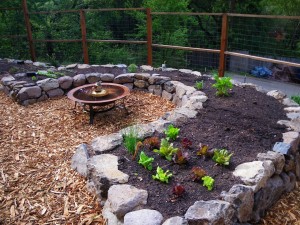
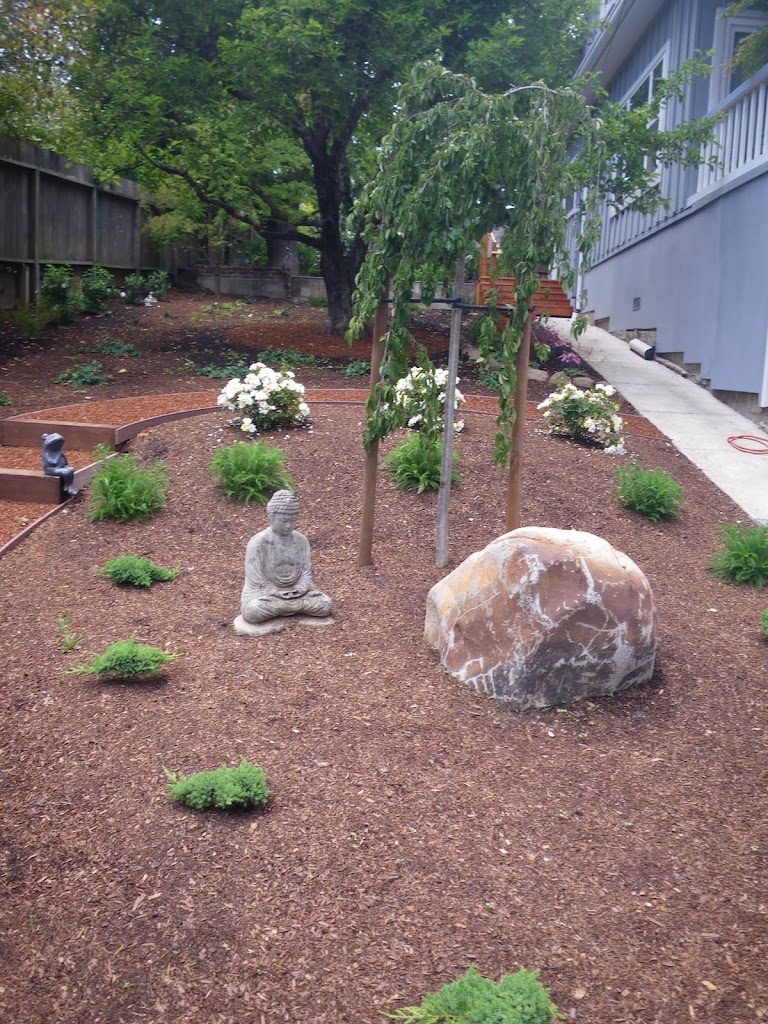
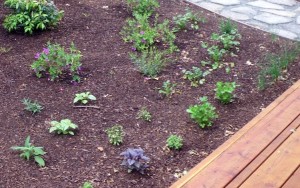
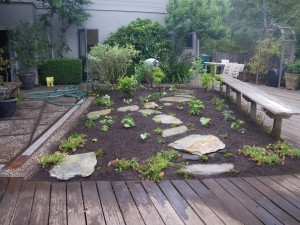

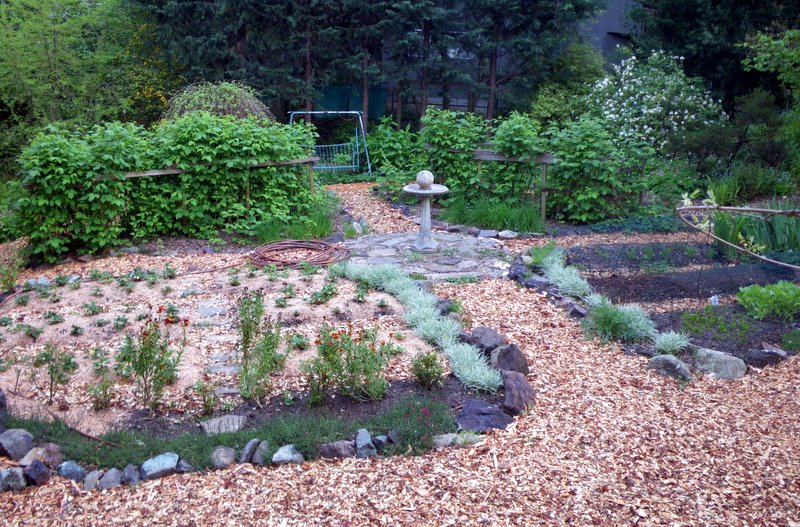
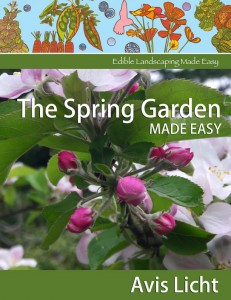
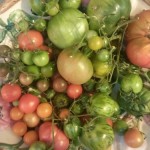
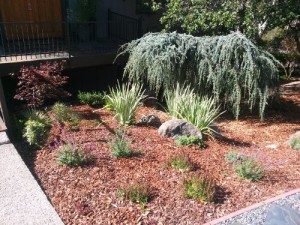
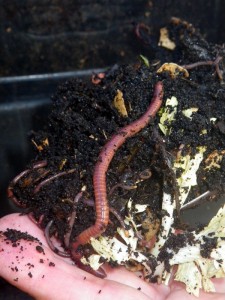
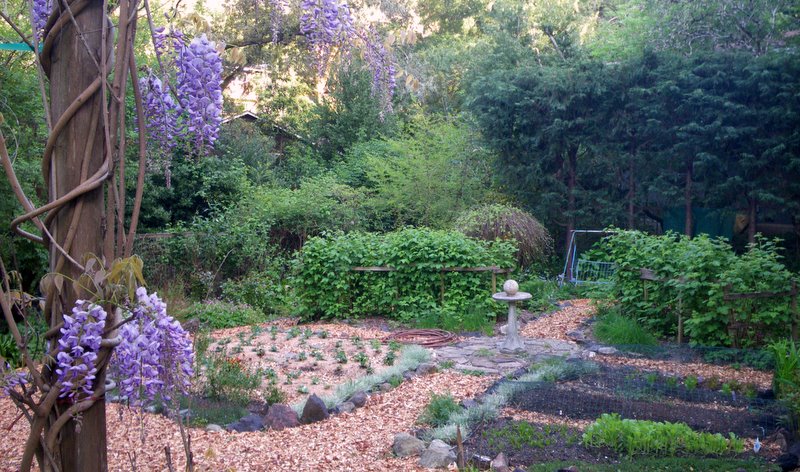
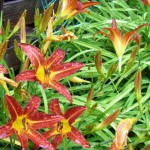
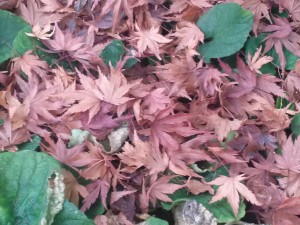
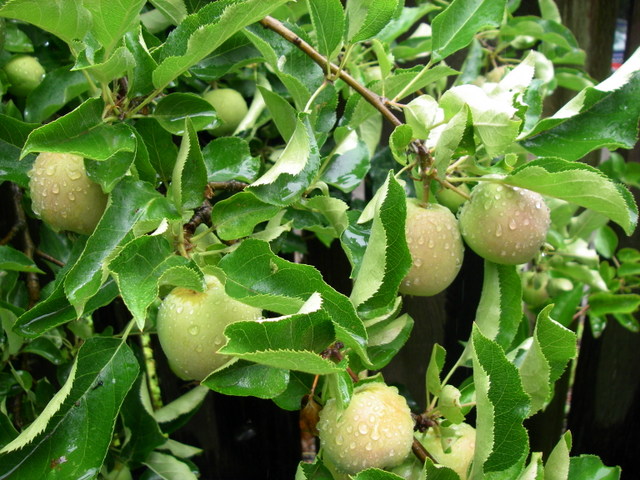
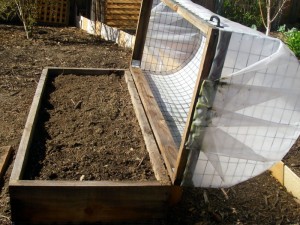
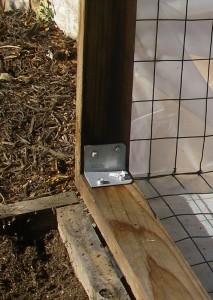
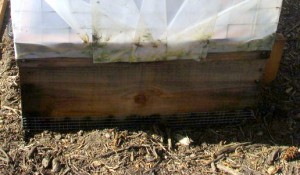
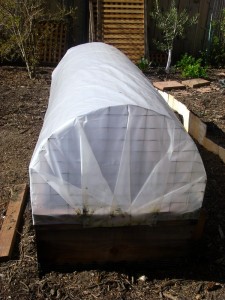
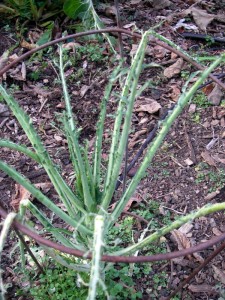
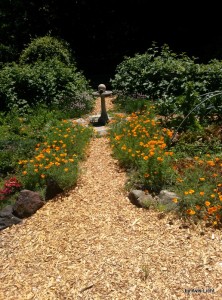
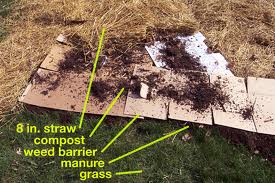
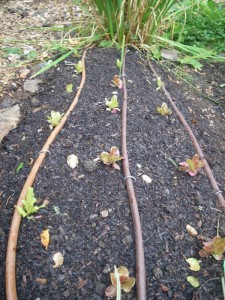
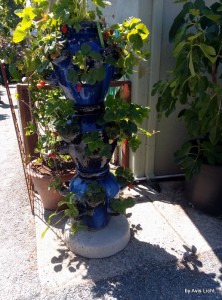
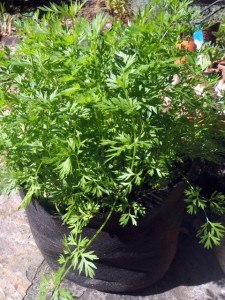
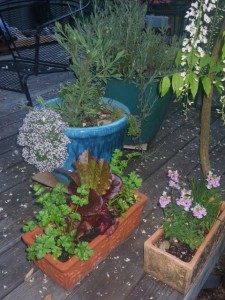
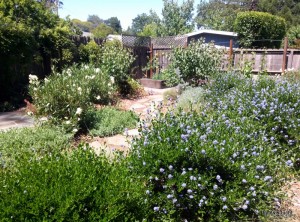
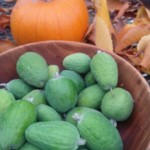
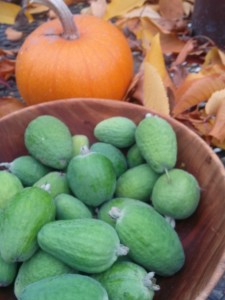
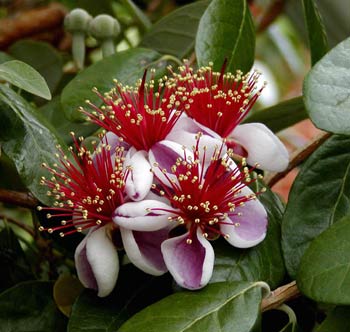 See these pretty pink petals? They are edible. Just gently pull them off and leave the rest of the flower so that it turns into fruit. The petals are really delicious. Take my word for it.
See these pretty pink petals? They are edible. Just gently pull them off and leave the rest of the flower so that it turns into fruit. The petals are really delicious. Take my word for it.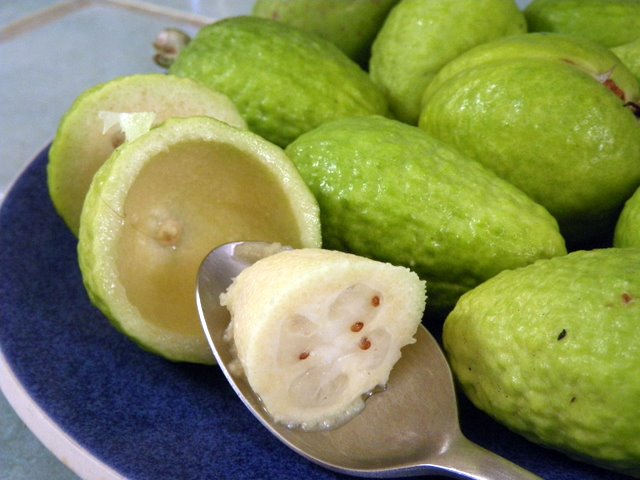
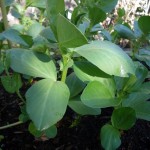
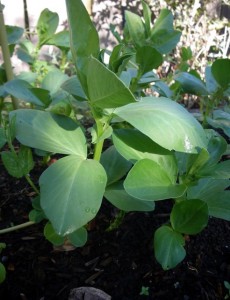
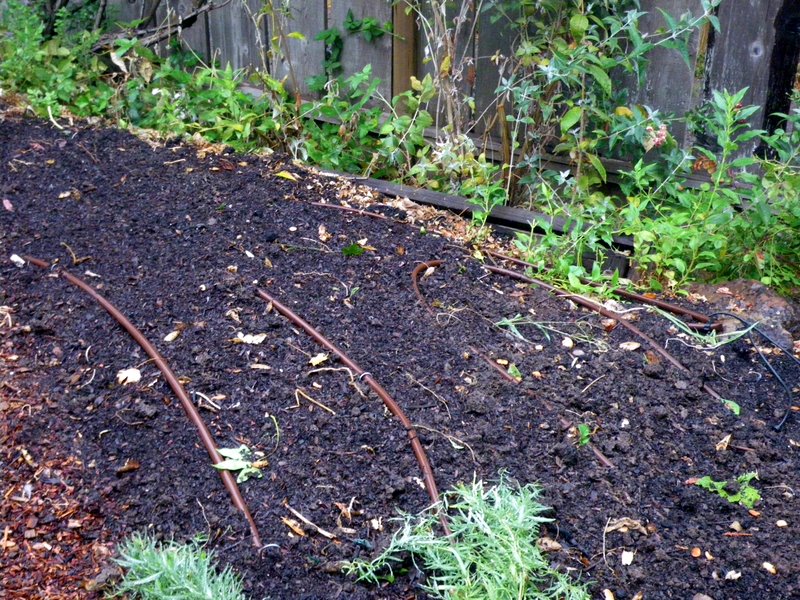
 Follow
Follow

